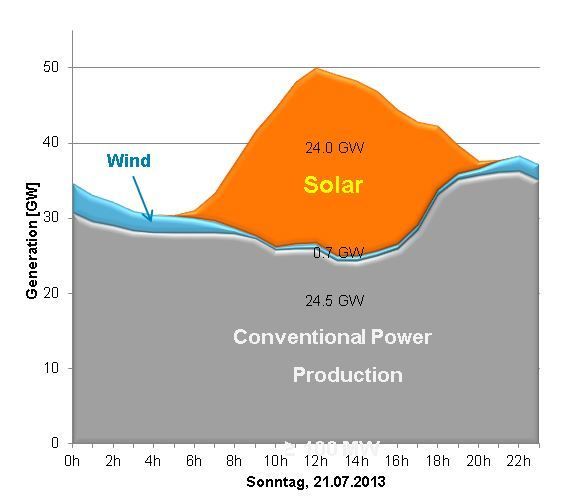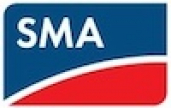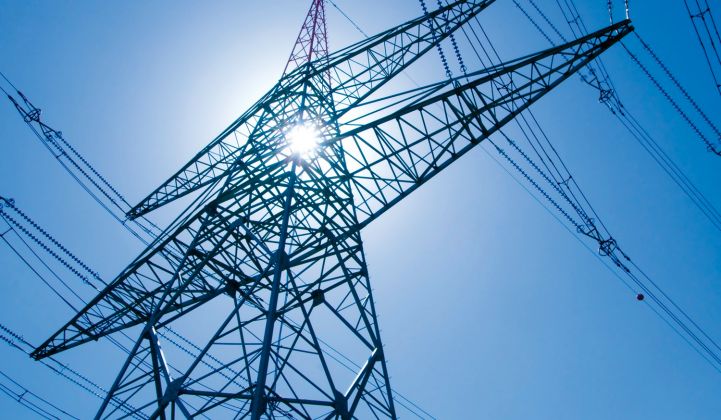In the fast-paced solar industry, it’s important to be aware of -- and understand -- the rapidly evolving requirements of PV interconnection, operation and metering on the federal, state and local levels. New policies, proposed bills and other legislation can shape public perception of PV and, ultimately, the interconnection requirements themselves, which impact not only the way solar professionals do business but also how end users interact with utilities. Installers and manufacturers must remain engaged in the discussion and get involved in order to ensure that their interests are addressed at the highest levels.
The driving force behind today’s maturing PV requirements is the growing levels of distributed PV in many market segments in the U.S., which is leading to concerns around grid stability and safety. In areas like Hawaii and California, where rooftop solar growth has increased exponentially in recent years, utility companies and electrical grids are struggling to keep up with the increased volume and intermittent nature of PV power.
FIGURE: PV Penetration on Maui

Source: Hawaiian Electric
Through its historical market leadership, Germany has already faced these challenges and emerged with an installed capacity of more than 35 gigawatts of PV power, covering nearly 50 percent of midday power consumption, without affecting grid safety or stability. Even with this level of PV penetration, grid downtime in Germany is historically lower than in the U.S., amounting to just 15.91 minutes per customer in 2012, while U.S. customers experienced an average of 244 minutes of outages in 2008. Germany has been able to achieve these consistently high levels of PV penetration and grid uptimes by incorporating advanced grid support features into PV inverters of all power classes. The German solar market is an invaluable reference that will help the U.S. develop and evolve its own standards for ensuring the safe and reliable operation of the electrical grid, while also promoting increased PV penetration.
FIGURE: PV Accounted for 48.8% of the German Power Mix in July 2013

Two such policies -- Hawaii’s Rule 14H and California’s Rule 21, which both regulate grid-interconnected distributed generation resources, including customer-owned solar -- are currently shaping the U.S. solar market. Utilities in Hawaii and California were concerned that circuits may become oversaturated, causing voltage spikes and damaging appliances, electronics and even the utility’s equipment. The remarkable levels of PV penetration in Hawaii -- some of the highest in the U.S., with more than 75 percent of power being generated by solar in some areas -- combined with outdated grid technology, has led to the immediate need for smart inverter functionality to increase stability system-wide and allow for the further deployment of PV there, similar to Germany.
In California, thought leaders and policymakers, joined together in working groups, are already revising Rule 21 to allow for the adoption and implementation of smart inverters, which offer the grid management features required to support high PV penetration. Smart inverters provide ancillary services to the local grid autonomously or by means of coordinated control through two-way communications. Key grid support features of smart inverters -- which can be customized based on local regulations -- include on-demand active power reduction (curtailment); frequency-dependent active power reduction; reactive power supply (fixed, on-demand or dynamic control); low-voltage ride-through; and random trip and reconnection times. Monitoring communications tools initiate these grid management capabilities and provide simple plug-and-play usage for small systems, reliable monitoring and control of several inverters at a time for larger plants, and myriad sensor connection options for precise evaluation.
FIGURE: The SMA Sunny Tripower TL-US

SMA is actively involved in promoting the use of smart inverters to meet Rule 21 and 14H requirements. Not only does SMA currently offer residential, commercial and utility-scale inverters with grid management functions, but it also is helping to develop local policy and requirements. SMA partnered with the Hawaii Natural Energy Institute for a smart inverter pilot on a high-penetration circuit in Maui. The goal of this ongoing project, sponsored by the Department of Energy’s SunShot Program, is to increase PV penetration while improving utility system reliability.
SMA is also part of Rule 21’s Smart Inverter Working Group, which was created to determine the smart inverter functions that would be technically feasible and helpful to California, as well as to provide an implementation road map. The group encompasses more than 50 organizations, such as the California Public Utilities Commission, investor-owned utilities, industry advocacy groups, third-party owners, installers, and equipment manufacturers. With SMA’s help, it has outlined a three-year, phased process to smart inverter adoption. The first year includes recommendations for autonomous functions, followed by communications capabilities, and ending with the implementation of smart inverters in 2016.
The key to navigating the changing requirements of PV interconnection, operating and metering is being involved in the process. Solar professionals and manufacturers must continue to cooperate and collaborate with utilities and standards organizations to harmonize requirements. That allows the solar industry to help establish location-specific, functionality and minimum/maximum settings for the continued integration of solar into the grid.
The challenges and resolutions experienced in the solar markets in Germany, Hawaii and California have prepared SMA for new regulations, particularly the upcoming smart inverter requirements of Rule 21. SMA’s research and development team has been able to adapt quickly and stay ahead of the curve with its inverter technology by working alongside policymakers. Not only does our residential, commercial and utility-scale inverters satisfy current and pending requirements, but they are also constantly evolving to meet the needs of the future.
---
For more information on SMA America’s Sunny Tripower TL-US, please visit the SMA America website.




